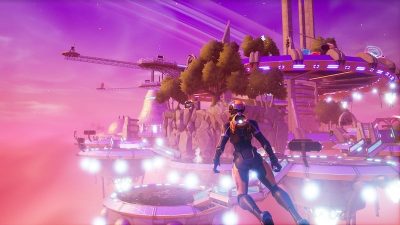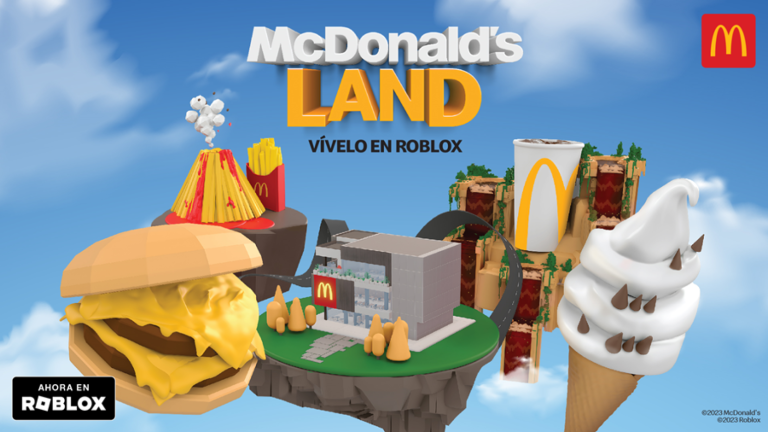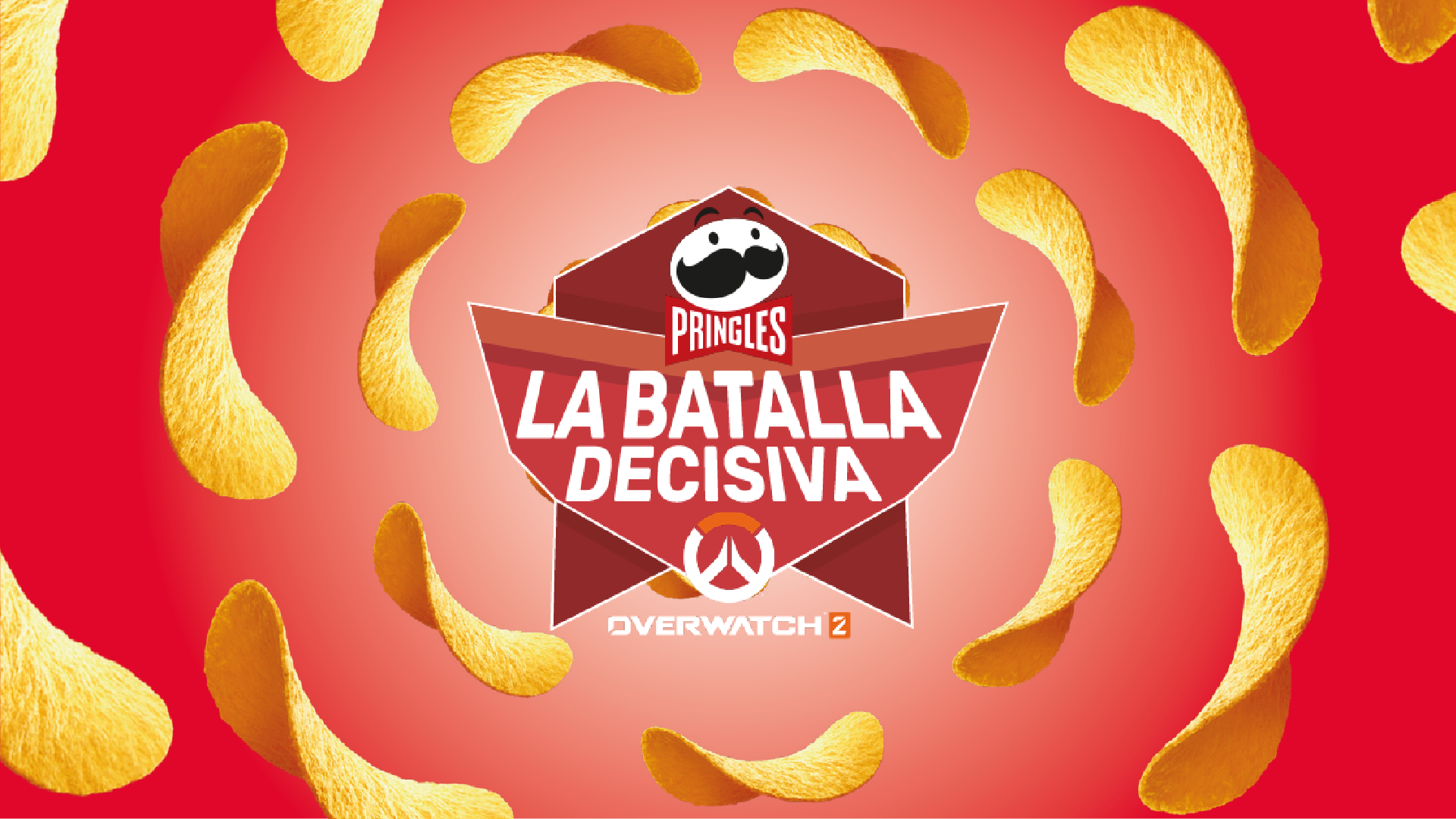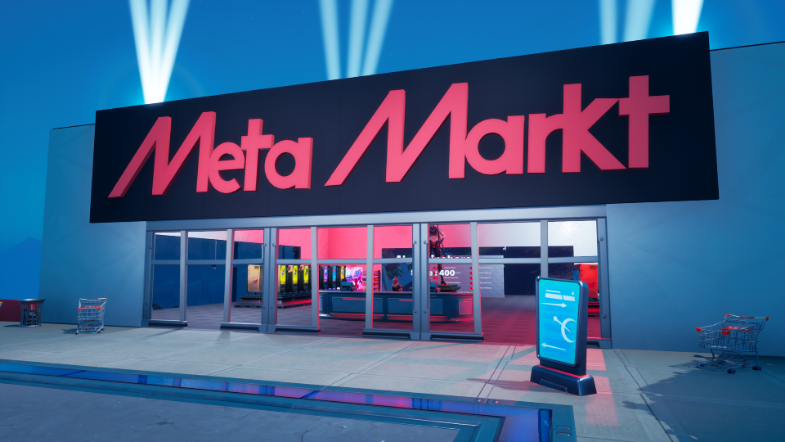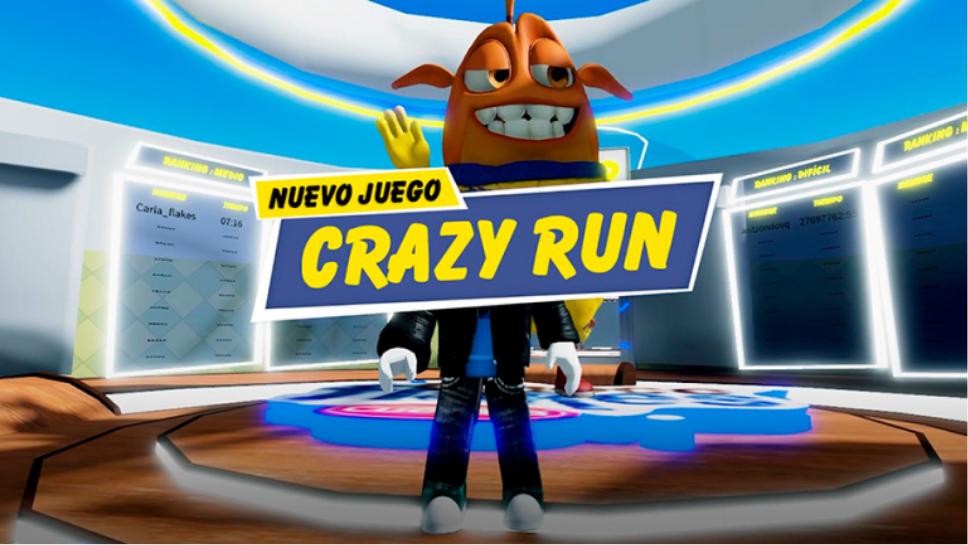User Generated Games, a revolution in the world of video games, where a large part of the user community offers a huge library of games that are created by the players themselves.
But let’s start at the beginning… What are UGGs?
User Generated Games (UGG) are a novel form of digital entertainment in which players become creators of their own virtual experiences.
These games allow users to design, customise and share their own levels, characters and challenges within an interactive game environment, and encourage collaboration and creative exploration, providing an immersive and dynamic experience where the boundaries are defined by the imagination of the players.
Platforms such as Fortnite or Roblox offer a wide range of creative tools and options, players can unleash their imagination and create unique and exciting worlds for others to enjoy.
UGG Developers
The designers of games on different platforms know that if they want their map to succeed it must have constant updates and thus be able to generate revenue from it.
What happens with games on platforms like Roblox or Fortnite is that users spend little time on each one before moving on to the next. They are in constant search of games to explore and enjoy.
The fact that users are constantly looking for new experiences makes it difficult for developers to receive revenue. Many of these developers team up and create studios, such as Gamesfam, which strike deals with brands, such as Sega or Coca-Cola to have a more stable source of income.
On the other hand, Fortnite’s CEO has implemented a model where creators receive 40% of the revenue generated by all of Fortnite, including the popular battle royale mode.
The history of UGGs
Although it may seem that this type of user-created games are a novelty, the reality is that this type of content has been a fundamental pillar in the world of video games for decades, popularly known as Mods.
There are titles of worldwide relevance that began as modifications of other games, such as Counter Strike, the popular tactical shooter that began as a Mod of the popular game Half Life or DOTA 2, the popular MOBA that began as a custom map of the video game Warcraft 3.
These modifications to different video games have not been limited to the creation of new games, but have also led to improvements in different services, such as Minecraft Education, a way of using video games as an implementation to the traditional study model, which was born thanks to one of the educators in our community to become a product used by millions of students in more than 100 countries’.
The creative energy that drives modders and hobbyist-level game makers has become more prevalent today, and we are seeing some of the biggest companies in the space trying to implement it within their own ecosystem.
What does the future hold for UGG platforms?
Currently, Fortnite has 70 million and Roblox has 250 million monthly users, who are looking for different forms of entertainment through different games on these platforms.
With this large number of users looking for new experiences in video games, it is not difficult to imagine that in the next 20 years the library of games on these platforms could compete with existing platforms such as Steam.
The platforms that host these games are constantly implementing new tools to encourage user participation. Fortnite, for example, has implemented the Unreal Engine to its creative mode, expanding the possibilities for users to create new games.
Platforms know that this gaming model generates a deeper sense of community by allowing collaboration between users themselves and getting them involved in the game, and instead of setting certain limits, they offer tools that encourage this creation.
There are several keys to the success of this type of game:
- Ease: Allow users to start small with no barriers to entry.
- Source of income: Earn a secondary income, grow a channel and be able to end up dedicating themselves to it.
- Community feeling: By allowing collaboration and getting them really involved in the game.
- Enhance creativity and personalisation of the experience.
We are undoubtedly witnessing the rise of player-created games. A new era of players, more demanding, seeking to translate their interests into games, and this can only be provided by user generated games, the provision of tools and creative freedom.
‘You have to let go and let the community adopt the game as their own’.

